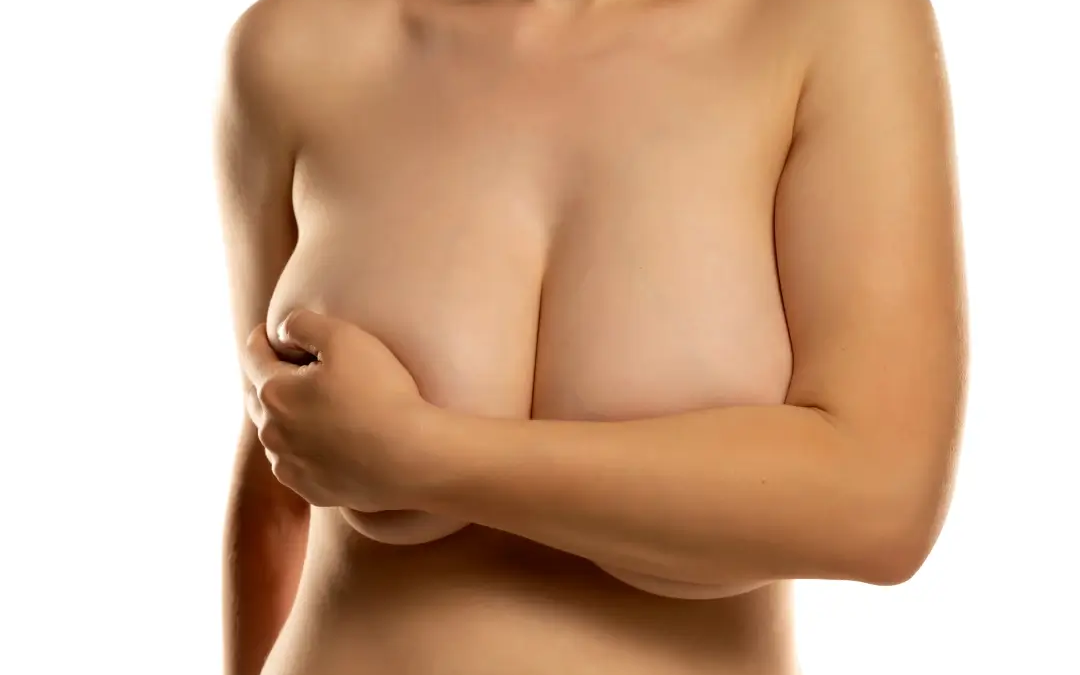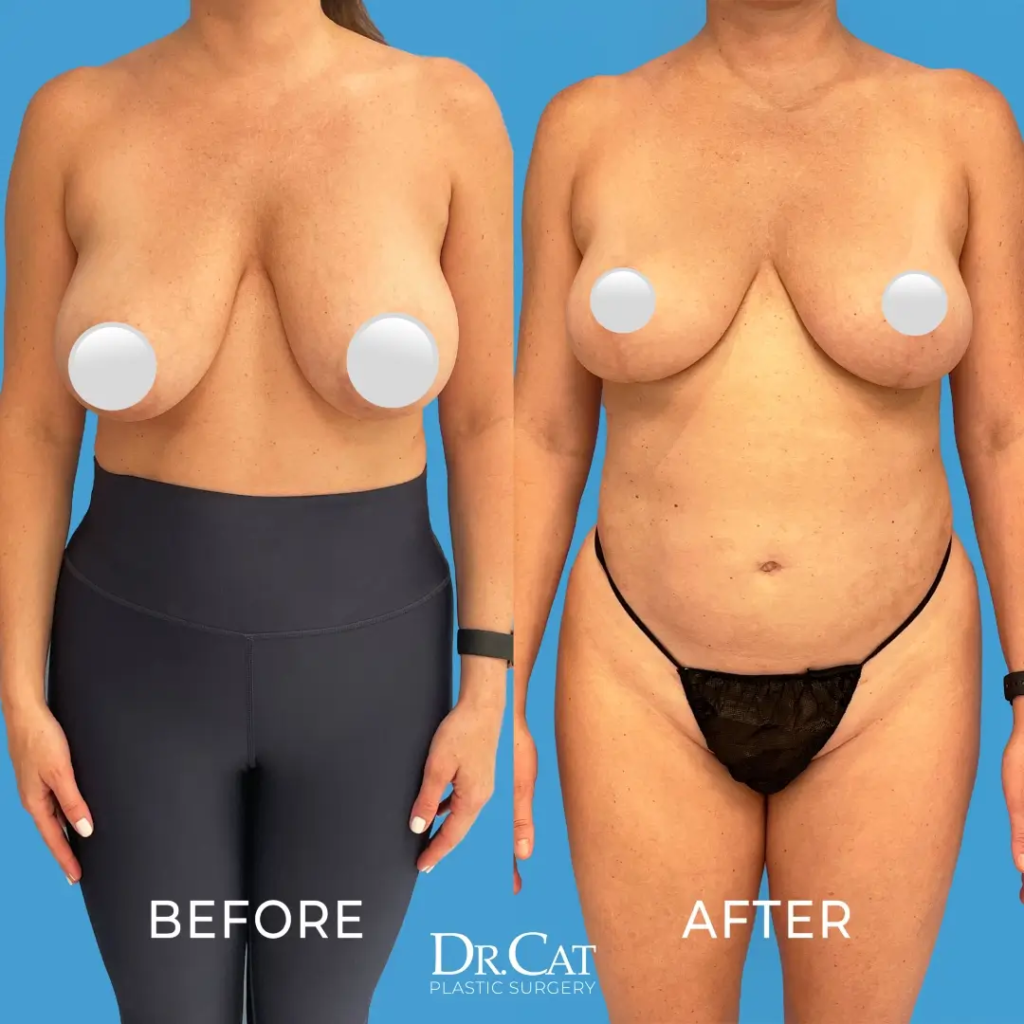Sensation Changes After Breast Reduction: Understanding Nipple Sensitivity Loss
Imagine embracing a new, lighter figure after breast reduction surgery, only to discover an unexpected change: your nipples don’t quite feel the same.
This phenomenon isn’t as rare as you think. In fact, it’s a startling reality for many patients. But what’s the link between breast reduction and nipple sensation changes? Is this the price to pay for finally feeling comfortable in your skin?
With decades of specialized experience in breast surgery, Dr. Cat Plastic Surgery is no stranger to the risks that each procedure carries. And as for that burning question about changes in nipple sensation? Turns out, it’s not always a given.
In this article, we explore how breast reduction can impact sensation in your nipples. We’ll discuss the causes, pinpoint when to worry, and offer insights for preserving nipple sensation post-op.
Breast Reduction and Nipple Sensation: Understanding the Link
Breast reduction, or reduction mammoplasty, is a surgical procedure to decrease the size of large breasts. Part of this surgery includes the repositioning of the areola and nipple to accommodate your new breast size and placement.
However, when breast tissue and skin are removed, there’s always a risk of potential nerve damage. While avoiding the smallest nerve branches isn’t always possible, a highly skilled surgeon like Dr. Cat knows how to steer clear of severing large nerves. This expertise plays a major part in reducing the impact of breast reduction on nipple sensory changes.
That said, some breast surgery sensory changes are completely normal. So, how do you know if it’s cause for concern?
Temporary vs. Permanent Nipple Sensitivity Loss
We know how unsettling it can be to wake from surgery and find you’ve lost sensation in such a hyper-sensitive part of your body. Don’t worry — this is often a standard part of breast reduction that stems from nerve adjustments and post-op swelling or bruising.
The good news? Your surgeon will likely clue you in on all of this before surgery, so you won’t be alarmed when that moment arrives.
As for when nipple sensation returns to normal, it’s different for everyone. It depends on how quickly your nerves can regenerate, which varies from person to person. Fortunately, most patients report that sensation loss post-reduction gradually improves within two to three months.
But what about the 20-30% of patients who never get it back? This can occur for several reasons, such as:
- Severe nerve damage: When key nerves are cut or significantly damaged, especially the larger branches, they can permanently lose sensation.
- Poor surgical technique: Techniques that involve extensive or aggressive tissue removal and repositioning can greatly impact nerve integrity.
- Scar tissue formation: Over time, scar tissue can form around the nerves, potentially compressing or entrapping them, leading to long-term sensory changes.
- Individual healing: Everyone’s body heals differently. Some might be predisposed to slower nerve regeneration or more extensive scar tissue formation.
- Extent of breast reduction: The more breast tissue removed, the more likely it is to affect the nerves responsible for nipple sensation.
- Pre-existing conditions: Certain health conditions, like diabetes or autoimmune disorders, can affect nerve health and healing, potentially leading to permanent changes.
Fortunately, there are steps you can take for recovering nipple feeling.
Nipple Therapeutic Recovery Options
There’s one person you should always feel open to sharing your concerns with: your surgeon. Discussing nipple sensation is an integral part of your pre- and post-op consultations.
Should your provider find that anything is out of the norm, they might suggest therapeutic options or interventions, such as:
Nerve stimulation therapies
Techniques like electrical nerve stimulation can help awaken and encourage nerve repair, potentially improving nipple sensation over time.
Massage therapy
Regular, gentle massage around the affected area can stimulate blood flow and nerve healing, aiding sensory recovery.
Topical treatments
Certain creams or ointments, particularly those with nerve-healing ingredients, can be applied to the area to promote nerve regeneration and reduce scar tissue formation.
Physical therapy
You can engage in guided physical therapies to help improve local circulation and nerve function, encouraging the restoration of sensation.
Acupuncture
This traditional Chinese medicine technique punctures specific anatomical points in the body with tiny needs to relieve certain symptoms. In some cases, it can help stimulate nerves and sensation recovery.
Supplements and medications
Some vitamins (like B12 and omega-3 fatty acids) and prescription medicines (like steroids, gabapentin, and pregabalin) support nerve health and regeneration.
Laser therapy
Low-level laser therapy has shown promise in stimulating nerve regeneration and improving sensation loss.
Counseling or support groups
Changes in nipple sensation can hit you hard emotionally and psychologically, prompting feelings like:
- Altered body image
- Grief or loss
- Sexual identity issues
- Anxiety and stress
- Depression
- Low self-esteem
- Reduced quality of life
Psychological support can be pivotal in helping you cope with sensory loss, offering strategies to manage the emotional aspect of recovery.
Regular monitoring and assessments
Regular follow-ups and post-breast surgery sensory evaluations are non-negotiable to optimize recovery and explore further therapeutic options if needed.
Is there a way to prevent sensation changes before you head into surgery? You bet.
Preserving Nipple Sensation: Surgery and Expertise
When it comes to breast surgery, preserving nipple sensation is something Dr. Cat keeps in mind with every procedure. Meaning? She designs your surgical plan while proactively considering these potential complications.
One common approach is the ‘pedicle technique,’ in which she leaves the nipple and areola attached to their original nerves and blood supply. This significantly enhances the likelihood of maintaining sensation post-surgery.
Another technique involves the careful dissection and avoidance of large nerve tracts, particularly around the nipple-areola. Surgeons with an intimate understanding of breast anatomy can navigate these areas with precision and reduce the chances of potential nerve damage.

As mentioned earlier, there’s no definitive timeline for when nipple sensation will return.
Initially, you might notice a subtle change or numbness. This usually results from the swelling and trauma from your surgery. However, as the nerves heal and regenerate, sensation will slowly come back. This can be gradual or sudden, and take a few months to a year or more.
The most important thing to do to avoid permanent sensation loss and post-op complications? Choose the right surgeon — someone who:
- Specializes in breast surgery and preventing sensation loss post-reduction
- Is dual-board certified and extensively trained in breast reduction procedures
- Boasts a portfolio of gorgeous, natural outcomes and positive testimonials
- Offers a patient-centric approach with communication and safety at the forefront
Spoiler alert: we know just the person.
Dr. Cat Plastic Surgery: Sensational Confidence Without Compromise
The thought of breast reduction and nipple sensation loss can be daunting, no doubt about it. However, it’s vital to discuss these risks with your provider, set realistic expectations, and understand the measures to minimize potential sensory changes.
With Dr. Cat at the helm, this fear will never be part of your journey. Her unparalleled skill and expertise greatly diminish this risk and pave the way for a body you love without any unwanted compromises.
Don’t let apprehension hold you back for another second — schedule your consultation with Dr. Cat Plastic Surgery today.


